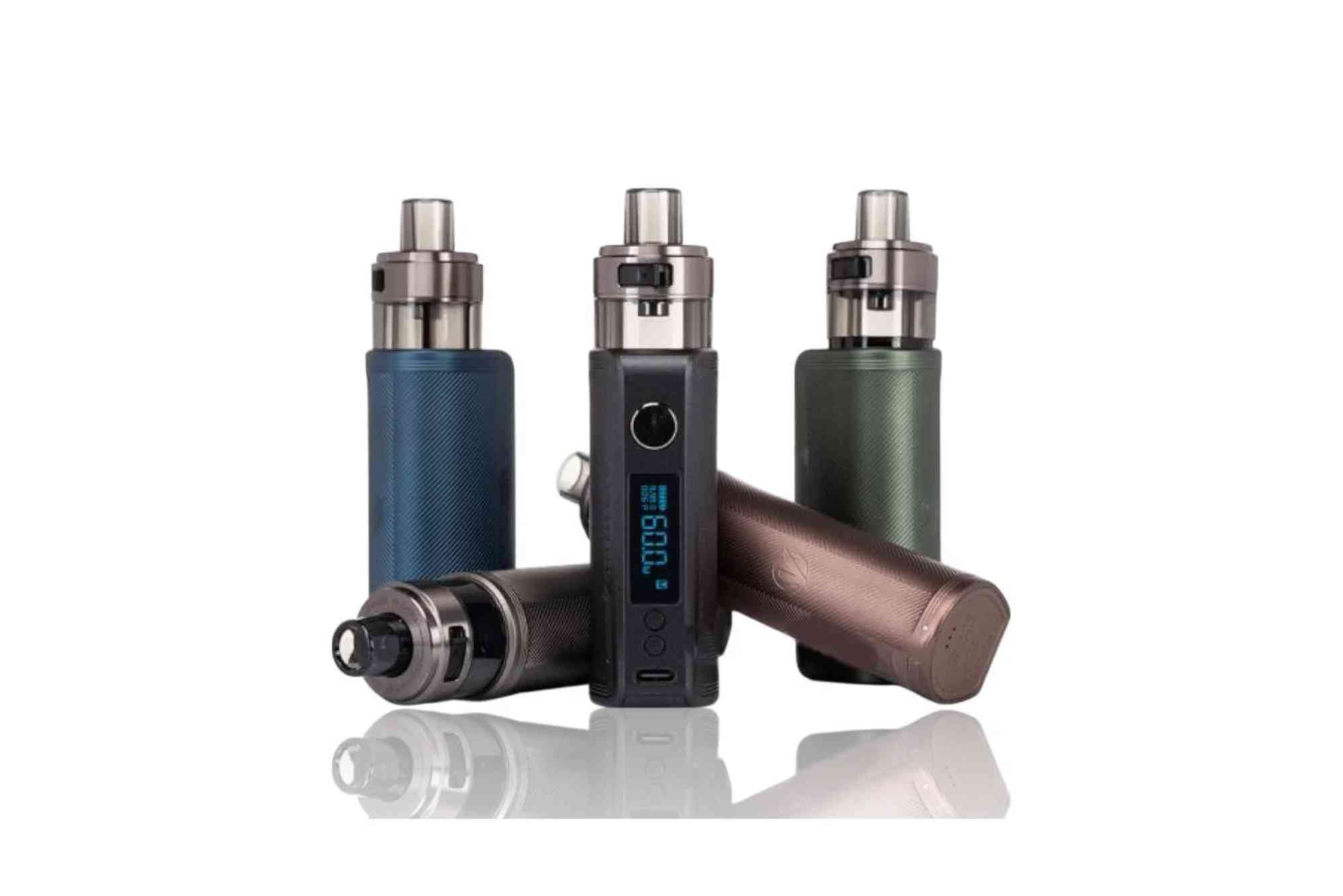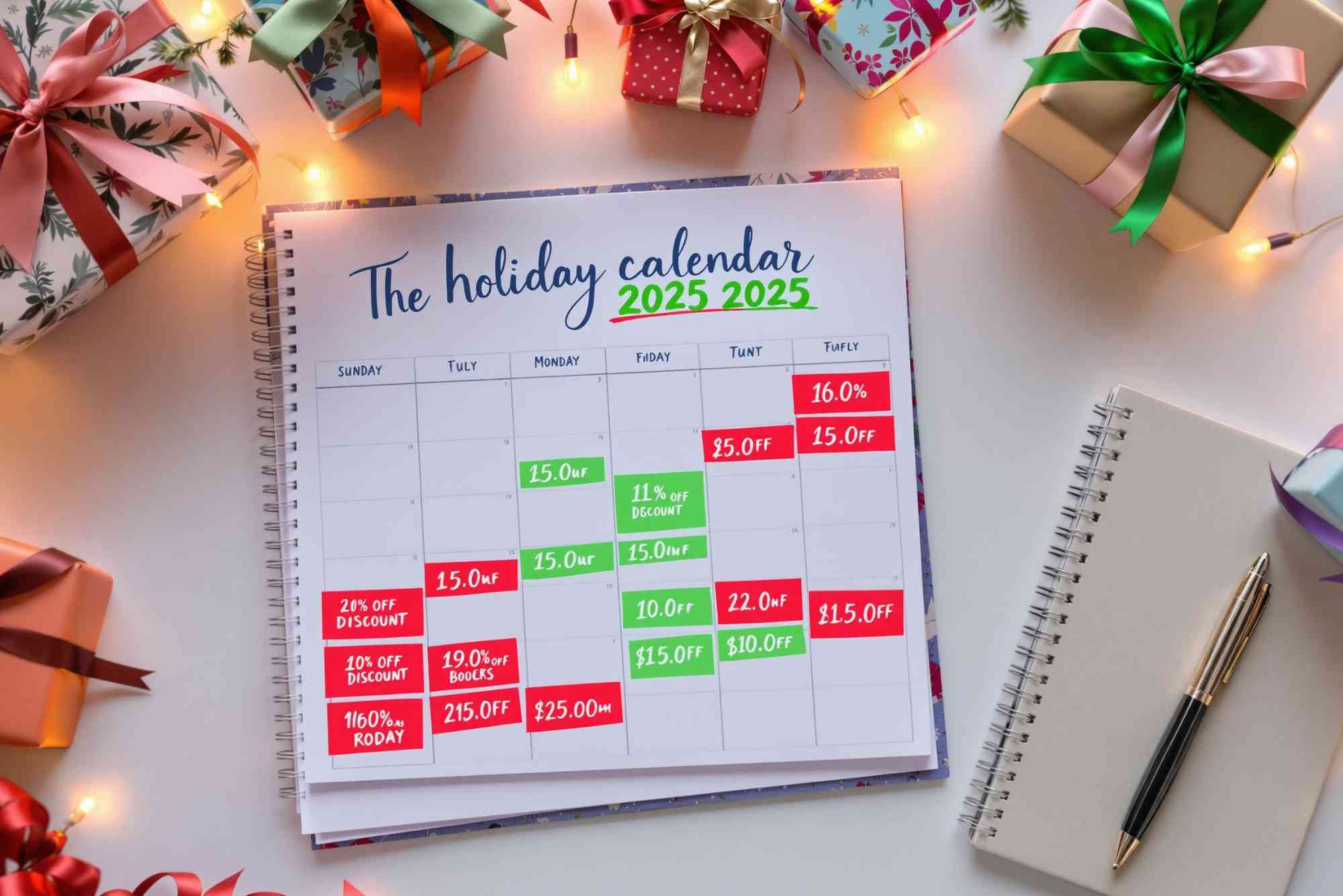Introduction
Finding the perfect pair of shoes can be a challenge, especially when you want style without sacrificing comfort. Many people dread shoe shopping because of the discomfort caused by ill-fitting shoes. Blisters, sore feet, and achy arches are all too common. But what if shoe shopping could be painless? This guide explores everything you need to know about shoe shopping that does not hurt, from understanding your feet to choosing the right styles, so you can walk out happy and comfortable.
Understanding Your Feet: The First Step to Comfortable Shoe Shopping
The journey to pain-free shoe shopping begins with understanding your own feet. Every pair of shoes interacts differently with each foot, and knowing your unique needs can prevent discomfort before it starts.
Foot Shape and Arch Type
Feet come in all shapes and sizes, and knowing yours is essential. High arches, flat feet, and neutral arches all require different support. High arches need cushioning to prevent pressure points, while flat feet often require stability to prevent overpronation. Neutral arches are generally easier to fit, but paying attention to width and length is still crucial.
Foot Size: More Than Just Length
Most people know their shoe size by length, but width is equally important. Shoes that are too narrow can pinch your toes, while overly wide shoes can cause friction and blisters. Measuring your feet at the end of the day when they are slightly swollen gives a more accurate fit. Remember, shoe sizes can vary by brand, so always try on both shoes and walk around the store.
Consider Your Foot Health
Existing conditions like bunions, plantar fasciitis, or hammertoes require special consideration. If you have foot problems, look for shoes with extra cushioning, wider toe boxes, and support features that reduce pressure on sensitive areas. Consulting a podiatrist can provide insights into what shoe features will help you avoid pain.
Key Factors for Shoes That Do Not Hurt
Knowing what to look for in shoes can make your shopping experience easier and more successful. Comfort is influenced by materials, construction, and design elements.
Cushioning and Support
Shoes with adequate cushioning absorb shock and reduce stress on your feet. Look for shoes with memory foam insoles, gel inserts, or air-cushioned soles. Support is equally important. Arch support helps maintain proper foot alignment and prevents fatigue, especially if you spend long hours on your feet.
Flexibility and Heel Height
Shoes should move naturally with your feet. Flexible soles allow your foot to bend while walking, reducing pressure points. When it comes to heel height, moderate heels or wedges are better than completely flat or excessively high shoes. A heel of one to two inches can provide comfort without straining your arches or calves.
Toe Box and Fit
A spacious toe box prevents your toes from being squished, which reduces the risk of blisters and bunions. Ensure that the shoes allow your toes to move freely. Additionally, shoes should fit snugly around the midfoot and heel to prevent slipping while walking.
Breathable Materials
Foot comfort is also influenced by temperature and moisture. Breathable materials such as leather, mesh, and canvas keep your feet cool and reduce the risk of irritation and odor. Avoid synthetic fabrics that trap heat, especially if you plan to wear the shoes for long periods.
Practical Tips for Pain-Free Shoe Shopping
Shoe shopping that does not hurt involves more than picking the right features—it’s about strategy and preparation.
Shop at the Right Time
Feet naturally swell throughout the day, so shopping in the afternoon or evening gives a more accurate fit. Morning shoe shopping can lead to buying shoes that feel tight by midday.
Wear Appropriate Socks
Try on shoes with the type of socks you plan to wear with them. Socks affect fit, and thicker socks may require a slightly larger size. Avoid trying shoes with stockings if you normally wear athletic or thicker socks.
Walk Around the Store
Don’t just stand still—walk, climb stairs, and mimic your daily movements. This helps you feel any potential discomfort and ensures the shoes support your stride properly.
Break In Gradually
Even the most comfortable shoes may need a short break-in period. Start by wearing them for a few hours at a time to allow your feet to adjust. Avoid wearing brand-new shoes for long walks or events until you are sure they won’t cause pain.
Avoid Common Mistakes
Many shoppers buy shoes based on style alone. While fashion is important, comfort should never be sacrificed. Avoid shoes that feel tight at first or require you to stretch them forcibly. Always prioritize fit and support over trends.
Choosing the Right Types of Shoes for Comfort
Certain types of shoes are naturally more comfortable than others, depending on your activities and foot structure.
Casual Shoes and Sneakers
Casual shoes and sneakers are designed for everyday wear, often with cushioned soles and support features. Opt for shoes with flexible soles, good arch support, and breathable materials. Sneakers for walking or running are particularly effective for all-day comfort.
Dress Shoes
Dress shoes can be tricky because they often prioritize appearance over comfort. Look for designs with padded insoles, rounded toe boxes, and soft leather. Low heels or block heels offer more support than stilettos, making them suitable for longer wear.
Boots
Boots provide excellent ankle support but can be stiff initially. Choose boots with soft linings and cushioned soles. Lace-up or adjustable designs allow you to tailor the fit and reduce pressure on sensitive areas.
Sandals and Open-Toed Shoes
Sandals are great for hot weather, but comfort depends on straps and sole support. Avoid flimsy flip-flops, as they offer little cushioning. Instead, look for sandals with contoured footbeds and adjustable straps for a secure fit.
Technology and Tools for Comfortable Shoe Shopping
Modern technology has made finding comfortable shoes easier than ever. Foot scanners, online sizing guides, and apps can help you choose the perfect fit. Some brands offer 3D foot scanning to recommend sizes and styles tailored to your unique measurements. Online reviews and customer feedback also provide insights into comfort levels before purchase.
Maintaining Shoe Comfort Over Time
Even the best shoes can lose comfort over time. Regular maintenance helps keep them supportive and wearable. Rotate your shoes to allow them to air out, replace worn-out insoles, and clean them according to material guidelines. Proper care prolongs both comfort and lifespan.
Enjoy Shoe Shopping Without Pain
Shoe shopping that does not hurt is achievable with the right knowledge, preparation, and choices. Understanding your feet, selecting supportive and well-fitted shoes, and taking practical steps during shopping can make the experience enjoyable rather than stressful. Prioritize comfort alongside style, and you’ll never have to endure sore feet again.
Take the first step toward pain-free shoe shopping today. Measure your feet accurately, explore styles with good support, and enjoy the confidence that comes with comfortable footwear. Your feet will thank you every step of the way.
FAQ
How can I avoid blisters when buying new shoes?
Blisters usually result from friction. Ensure a proper fit, wear appropriate socks, and gradually break in new shoes.
What shoes are best for people with flat feet?
Look for shoes with stability, arch support, and cushioned soles to reduce overpronation and foot fatigue.
Are wider shoes always more comfortable?
Not always. The width should match your foot. Shoes that are too wide can cause slipping, while too narrow can pinch.
How often should I measure my feet for shoes?
Feet change over time, so measure at least once a year or when buying a new brand.
Can orthotic inserts help with shoe comfort?
Yes, orthotics provide additional support and cushioning, especially for specific foot conditions like plantar fasciitis.







